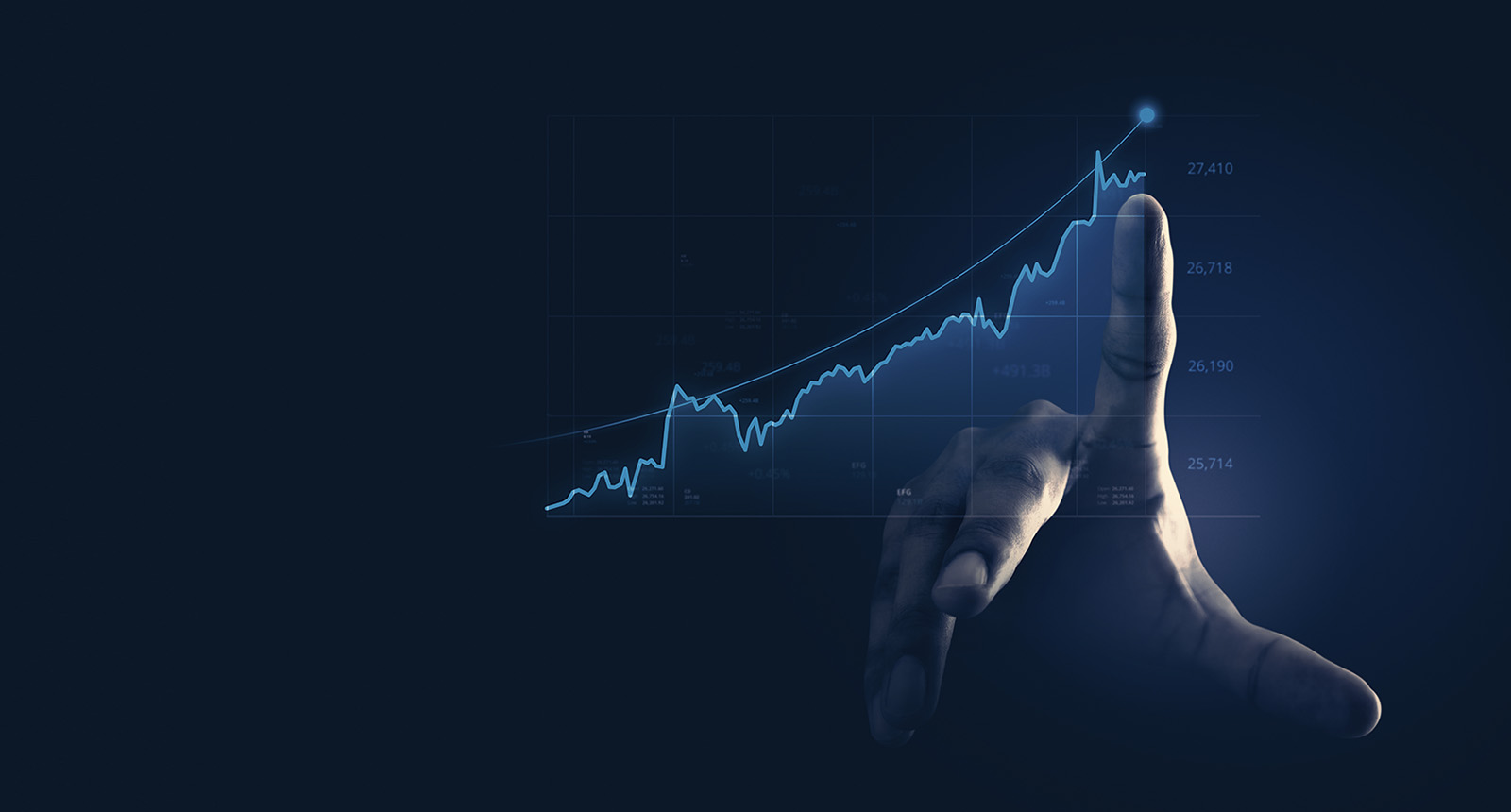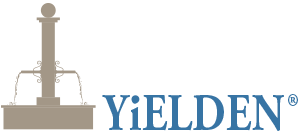As a financial advisor, I have the privilege of guiding individuals through the complex world of investing. My days are filled with diverse conversations and experiences, but one recent interaction particularly stood out.
A young, 35-year-old business owner approached me, eager to diversify his investments and intrigued by the stock market.
Our discussion quickly evolved into a deep dive into structured products and certificates in the subscription phase for retail investors in Europe and Switzerland.
Recently, He was curious about the stock markets and wanted to learn more about structured products, comparing them to “mini IPOs.”
However, as our conversation progressed, he began to grasp that these complex financial instruments are indeed made up of various underlying assets bundled together with derivatives. He astutely compared them to “small mini IPOs,” which I found to be an interesting analogy.

Structured products and certificates provide distinctive investment possibilities in Europe and Switzerland, encompassing the primary market as well.
Structured products and certificates provide distinctive investment possibilities in Europe and Switzerland, encompassing the primary market as well.
Before diving into the intricacies of structured products, it’s essential to understand their purpose. These financial instruments are designed to help investors achieve specific investment objectives, such as capital protection, yield enhancement, or diversification. They are created by financial institutions, not just banks, and often include a combination of underlying assets packaged together with derivatives.
At first, the business owner struggled to comprehend the concept of structured products. He referred to them as “packages” or “baskets with derivatives inside” created by financial institutions.
The business owner’s comparison of structured products to mini IPOs isn’t far off. In a traditional IPO, a company raises capital by offering shares to the public. Similarly, structured products are offered during the subscription phase, allowing investors to gain exposure to a basket of underlying assets.
However, unlike IPOs, the price to enter isn’t the primary comparison point for structured products. Instead, investors should evaluate other criteria when considering these investment opportunities.
The conversation with the young business owner was an enriching experience for both of us. He left our meeting with a newfound understanding of structured products and certificates, armed with the knowledge necessary to make informed decisions about his investments. As a financial advisor, it was a gratifying reminder of the impact I can have on individuals looking to grow their wealth and secure their financial future.
His curiosity piqued, the business owner then asked how he could compare structured products during the subscription phase, noting that the price to enter seemed to be the same. I explained that the focus shouldn’t be on the entry price, as investors typically subscribe for a nominal amount.
Instead, it’s essential to understand that these baskets of underlying assets are offered by slightly fewer than 20 institutions, and the key is to compare based on other criterias.
This exchange inspired me to share my insights about structured products and certificates in the subscription phase for retail investors in Europe and Switzerland.
There are several types of structured products, each with its own unique features and risks. Some common types include:
- Capital-protected products: These aim to preserve an investor’s initial capital while offering potential returns based on the performance of the underlying assets.
- Yield-enhancement products: These offer higher returns than traditional investments but may involve higher risks. They typically include options or other derivatives to generate additional income.
- Leverage products: These amplify the potential gains (and losses) of an investment through the use of leverage. They are often used for short-term trading strategies and can be riskier than other types of structured products.
- Underlying Assets
Structured products can be linked to various underlying assets, such as stocks, bonds, commodities, or indices. It’s crucial to understand the assets in the product’s “basket” since their performance directly impacts the product’s returns. Ensure that the underlying assets align with your investment goals and risk tolerance.
- Derivatives
Structured products often include derivatives, such as options, futures, or swaps, which can significantly impact the product’s risk and return profile. Derivatives can be complex, so make sure you understand how they function and how they affect the product’s overall performance.
- Issuer Credit Risk
Since structured products are created by financial institutions, the issuer’s credit risk is an important factor to consider. If the issuer faces financial difficulties or defaults, the structured product’s value may be significantly impacted. Be sure to research the issuer’s credit rating and financial stability before investing.
- Fees and Costs
Structured products often come with various fees and costs, such as management fees, sales charges, and trading costs. These expenses can eat into your potential returns, so it’s essential to be aware of them before subscribing.
- Liquidity
Some structured products may be less liquid than traditional investments, making it difficult to sell them quickly or at a fair price. This is especially important if you may need to access your funds before the product’s maturity. Be sure to understand the product’s liquidity and any potential penalties for early withdrawal.
- Performance Scenarios
Examine the product’s performance scenarios to gain insight into how it might perform under different market conditions. This will help you determine if the product aligns with your investment objectives and risk tolerance.
Get Started with YiELDEN




